It seemed like a hopeful way to start the new year: Two years ago, my family and I planted a meadow in our front yard. No longer a play space for our children, the lawn had outgrown its usefulness. After a debate between my husband and me about the merits of gravel and native shrubs vs. a meadow of native grasses, we settled on the meadow as a way to have a little more “green” in a neighborhood dominated by traditional lawns.
We spent the fall slowly killing our Bermuda grass lawn — first by lazily turning off the water and waiting, then by hiring a crew to dig out out. By January we were ready to plant, with 750 little carex praegracilis plugs waiting. Our soil is heavy, heavy clay, and we were unable to efficiently dig even the small planting holes needed. So my husband–always a fan of gadgetry–bought a handy egg-beater-like tool for the end of the drill which we used to create perfectly round planting holes over two weekends.
Several months later, when most carex meadows would have been lush and beautifully grown in, ours was patchy. We filled in with more plugs and chalked my original plan to save money by planting the plugs 15″ apart instead of the recommended 12″ or less, as folly. Since then, we’ve noticed that the beautiful Achillea ‘Sonoma Coast’ with its bright green, feathery foliage and creamy summer flowers, seems to love our heavy clay, so we’ve added more.
Have you replaced or reduced your lawn? I’d love to hear about in the comments. Meanwhile, here is an article I wrote for Houzz on the subject.

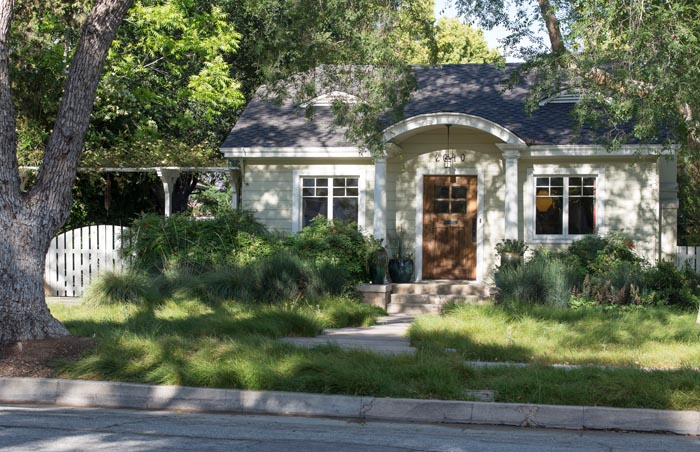
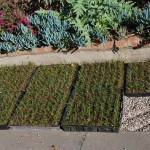
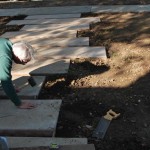

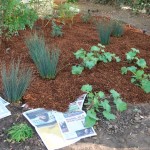
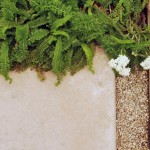
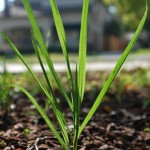

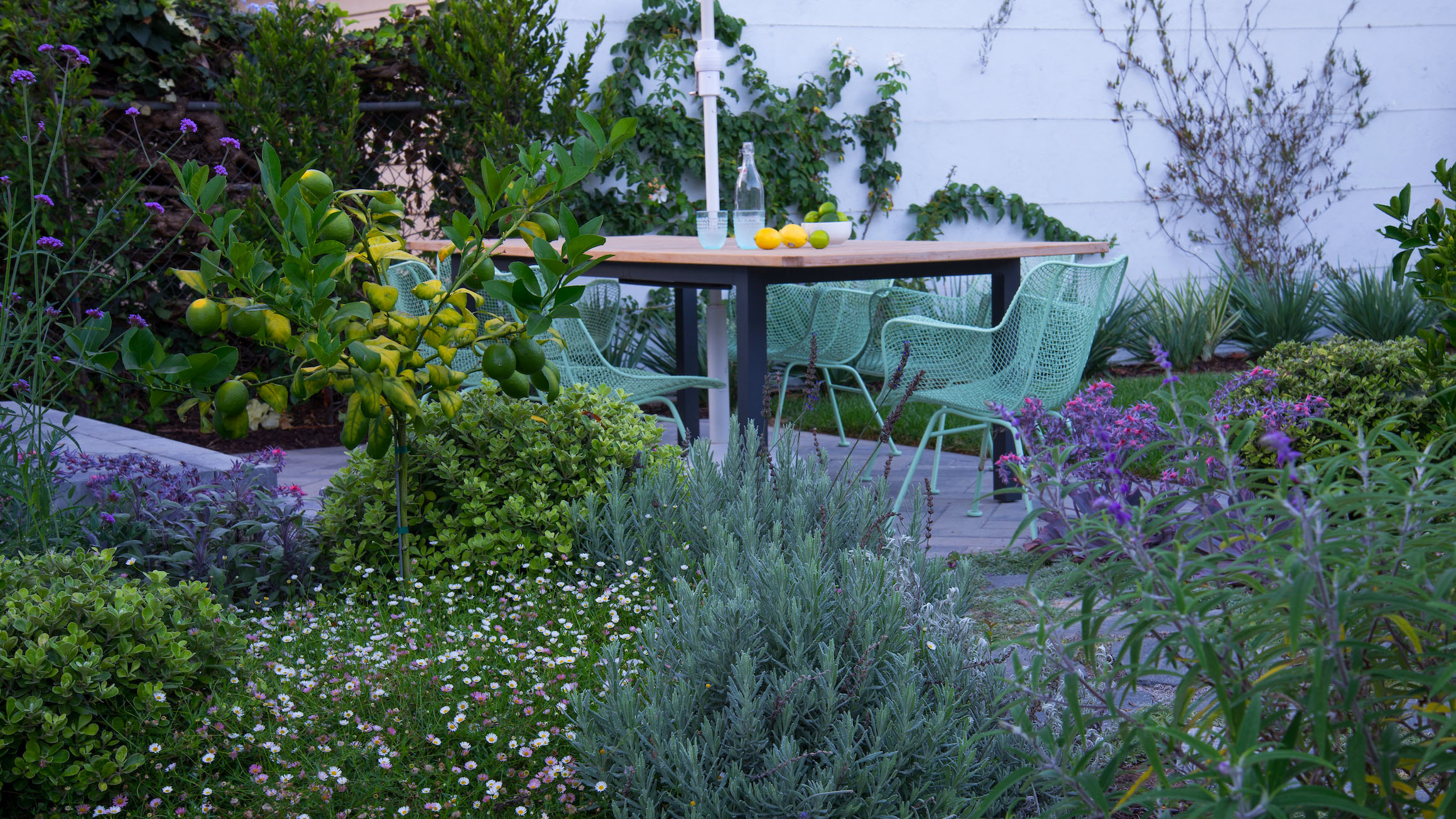
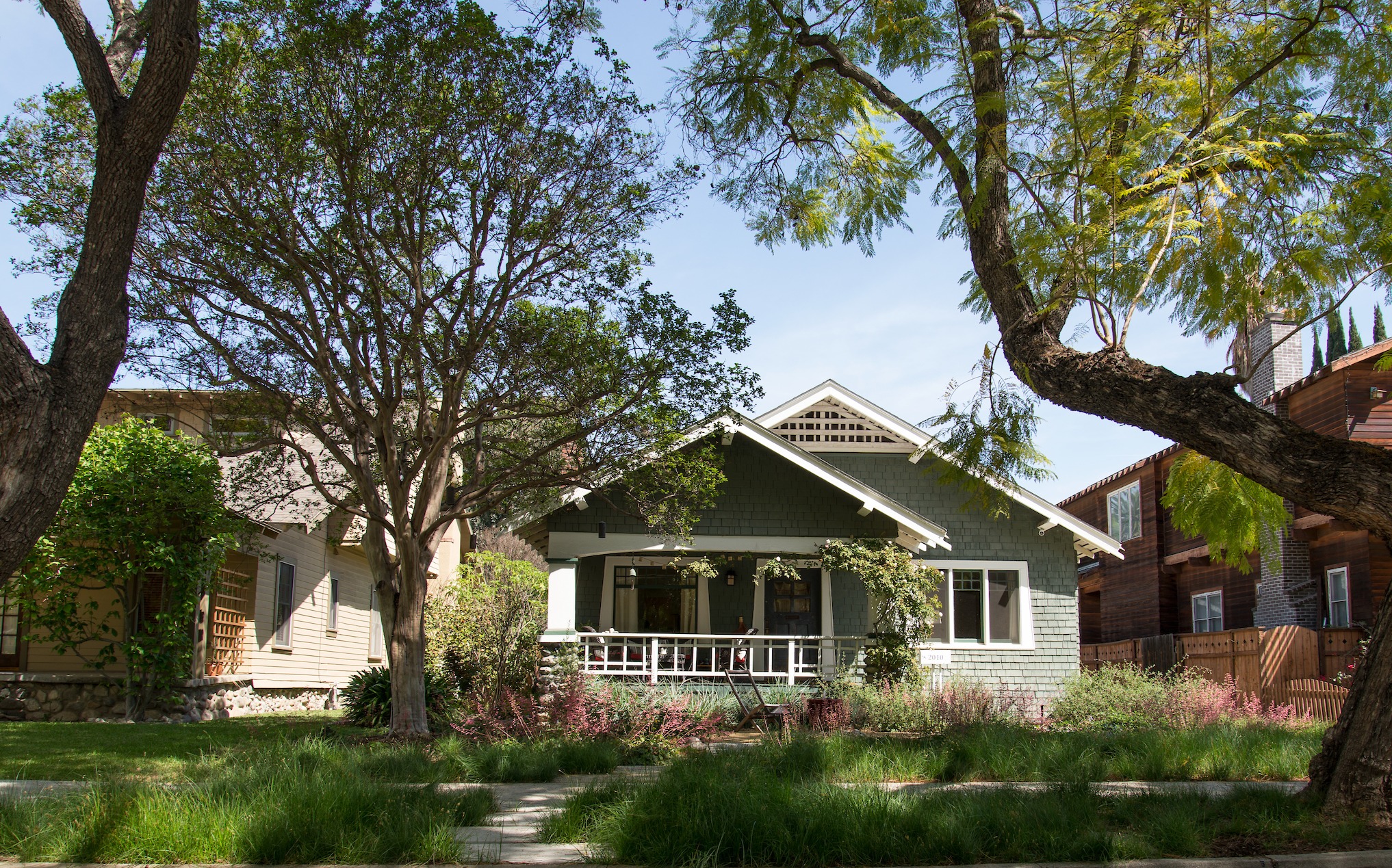
Hi June,
I’m considering doing this myself. With the severity of the drought, I’m thinking that water rationing is imminent. Do you have any issues with st augustine or bermuda returning to reclaim their domain, or does the reduced watering prevent that?
I also have gophers and they seem to prefer dryer areas of the yard, so not sure what will survive their attack.
Hi Patrica,
Thanks for your comment. You pose a good question. You need to make sure you’ve thoroughly eradicated the lawn before planting. Bermuda is especially tenacious, and the time-honored way to treat it has been with the herbicide Round-up. Spray, then water and re-spray what comes back. For methods without herbicides, here is an article: http://www.sunset.com/garden/earth-friendly/how-to-remove-bermuda-grass-00400000052080/
As your new garden is growing in, you may find a stolen popping up here or there, so it’s best to be vigilant and pulls these as soon as possible.
I’m not sure if the gophers would find carex tasty. Maybe plant a small section and see.
June, Your Meadow story was very helpful. My husband and I have had our lawn removed and are waiting until October to plant Carex praegracilis or clustered field sedge. Where did you but your plugs? We will need a lot since the area is 1750 sqft.
What was the real name of the tool tour husband used for his drill.
Thank You
Judy
Hi June,
I would definitely like to replace my 30yr old Bermuda grass with this lovely stuff because that grass is getting less and less sunlight because of my 30yr old Mesquite, even though I keep it trimmed. Problem is I can’t find any place to buy the plugs. Local nurseries/home-improvement stores don’t have them and won’t order them for me, and every website that has them won’t sell to the general public (e.g., http://www.smgrowers.com/products/plants/plantdisplay.asp?plant_id=2370, and http://www.newmoonnursery.com/plant/Carex-praegracilis).
Any suggestions about where I can purchase these plugs. Also, what is the approximate price for plugs? Thanks, Terry
Hi Terry: The sources I know of for plugs are wholesale as well. You may need to go through a landscape contractor, or see if your local nursery will order them for you.
[…] to grass. For additional information on the planting process for Carex Praegracilis, refer to this […]